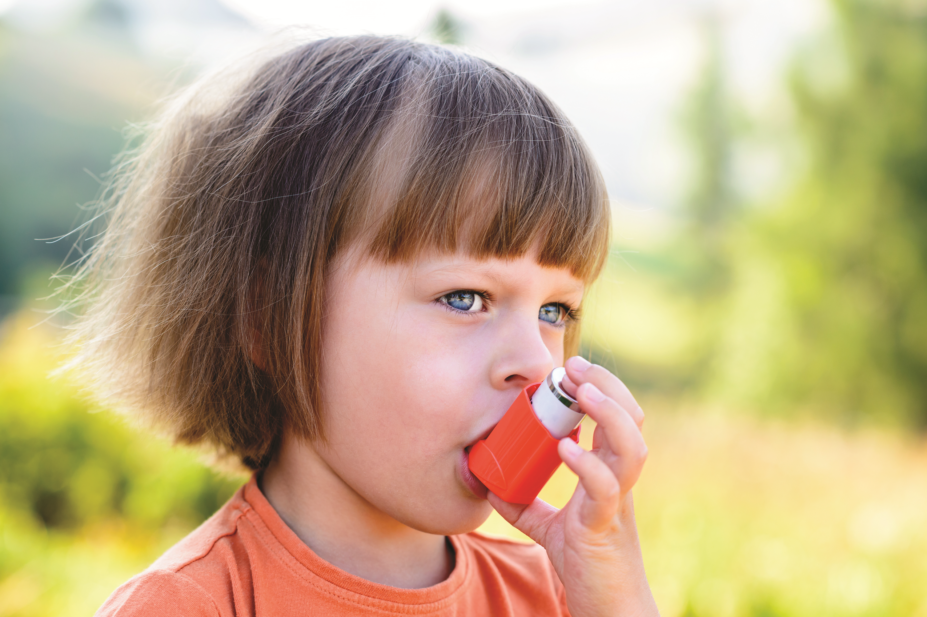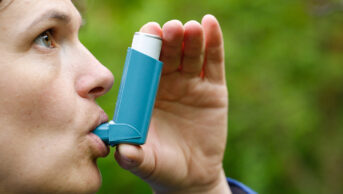
Shutterstock.com
Evidence suggests that short- and long-term exposure to fine particulate matter (PM2.5) is associated with asthma development and morbidity; however, little is known about the long-term effects of coarse particulate matter (PM10–2.5).
In a study in the American Journal of Respiratory & Critical Care Medicine (online, 15 December 2017), researchers studied data on asthma prevalence and morbidity from 7,810,025 children aged 5–20 years over a two-year period and compared it with their estimated average exposure to fine and coarse PM over the same time period[1]
.
They found that each unit increase in exposure to PM10–2.5 was significantly associated with an increased relative rate of asthma diagnosis, independent of PM2.5 exposure. It was also associated with an increased risk of admission to hospital and emergency department visits, although the magnitude of these effects was greater for PM2.5 exposure.
The researchers concluded that coarse particulate matter levels should be directly monitored and that stricter environmental limits could be put into place.
References
[1] Keet C, Keller J & Peng R. Long-term coarse PM exposure is associated with asthma among children in Medicaid. Am J Respir Crit Care Med. 2017; doi: 10.1164/rccm.201706-1267OC


